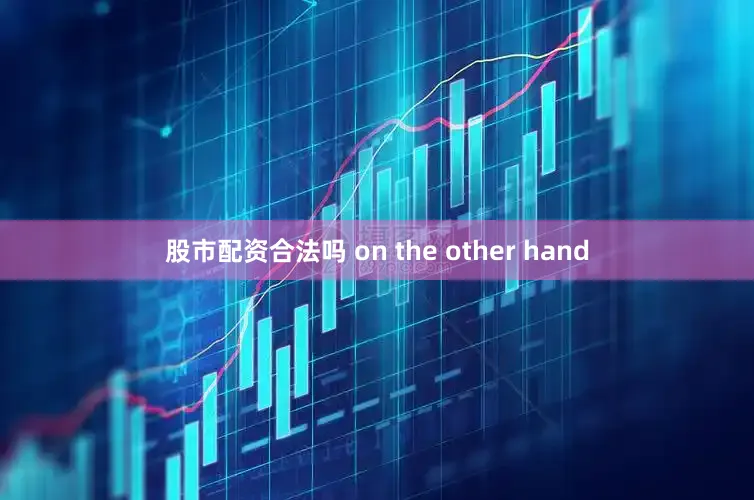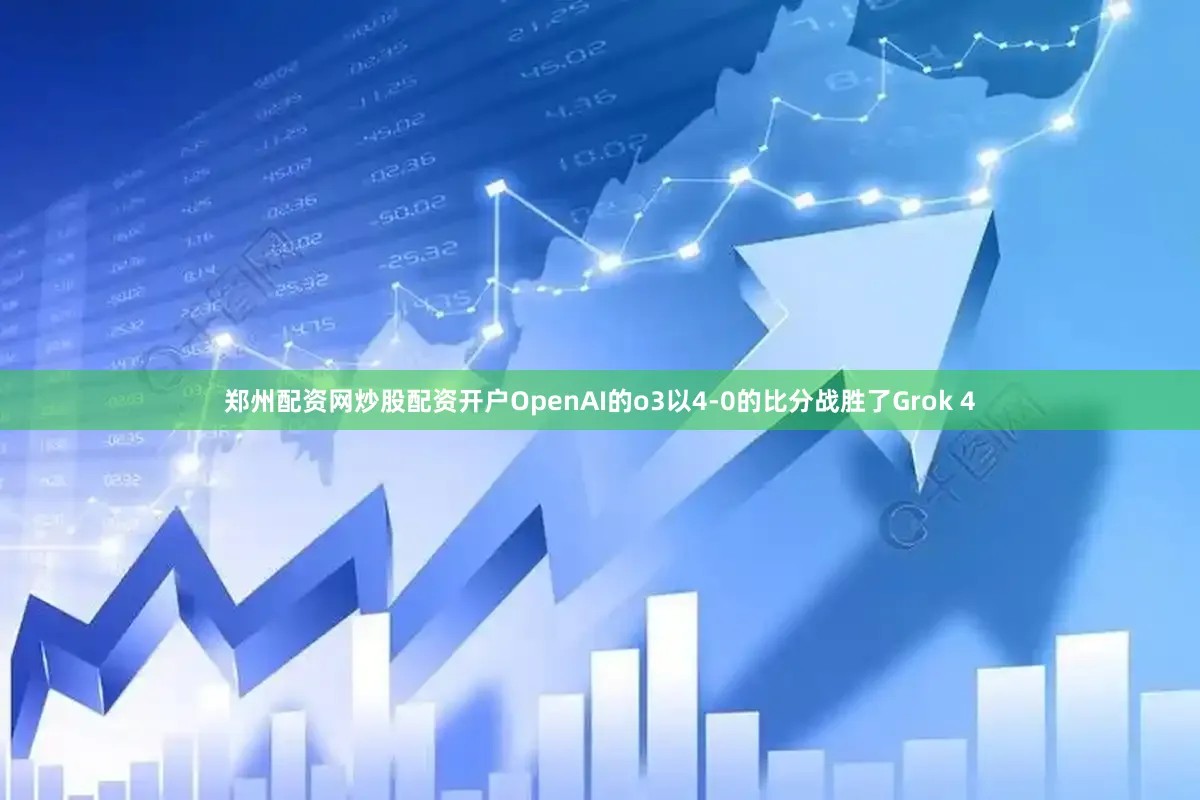
Modi Finally Makes the Right Bet? Recently, India has accelerated its engagements with China, with its Foreign Minister and Defense Minister making successive visits to China. Simultaneously, India has been negotiating with Trump on trade, securing a wave of \"special considerations.\" This shift in Trump's stance towards India is enough to make U.S. allies like Japan and South Korea green with envy.
Let's delve into the details. Recently, Trump publicly announced a significant trade agreement between the U.S. and India. This is no offhand remark; he reiterated this at the White House and emphasized it again in interviews. Trump specifically mentioned the \"opportunity for the U.S. to enter the Indian market.\"
展开剩余88%India is known for its strong protectionist policies, particularly in agriculture, where tariff protections have been paramount. Despite repeated U.S. requests for market access in the past, India remained resistant. Now, with this sudden change in attitude, Trump is naturally pleased. However, behind this success in U.S.-India negotiations lies more than meets the eye. What's more intriguing is that Modi's recent \"favor\" from Trump is largely attributed to India's recent cessation of anti-China rhetoric.
Looking back over the past few years, Sino-Indian relations have plummeted, marked by border standoffs and diplomatic frostiness. The Modi government had maintained a tough stance. However, starting this year, India began quietly adjusting its strategy, signaling a thaw in relations with China. For instance, after a five-year hiatus, India's Foreign Minister Jaishankar revisited Beijing, arriving days ahead for extensive high-level talks. Given the warm reception by Chinese officials, Jaishankar's statements were unusually conciliatory. He emphasized that India views China as a partner rather than a rival and is committed to a long-term perspective on the relationship. He also underscored India's commitment to independent diplomacy without taking sides.
Such statements would have been unthinkable just two years ago. Why did Modi suddenly change his approach? Simply put, he read the signs correctly. In the past, India believed it held a pivotal position in the U.S.-China rivalry. By aligning with the U.S., India believed it could reap benefits, especially when Trump took a hardline stance against China during his first term.
However, it seems Trump has changed in his second term. His focus now is on \"America First,\" imposing tariffs and sanctions regardless of ally status. Traditional allies and cooperating countries are treated equally. India, too, has not been exempt. In April, Trump announced a 27% tariff on Indian goods, initially set for July but later extended to August 1st. This move startled India.
But unlike with Japan and South Korea, Trump, despite threatening tariffs, has continued negotiations with India without the same harsh rhetoric. What does this indicate? It suggests that Modi's \"charm offensive\" strategy has indeed worked. Just as India resumed high-level interactions with China, it secured some relaxation signals from Trump. This \"middle ground\" approach appears to be paying off for Modi.
Furthermore, Modi is not just preparing to meet with China at the Shanghai Cooperation Organization summit but may also have a meeting scheduled with Putin. What does this signify? It indicates India is adjusting its strategic layout, no longer betting all its chips on the U.S. In essence, Modi wishes to be a player, not just a pawn.
In contrast, Japan and South Korea haven't been as fortunate. Trump has consistently expressed dissatisfaction with them, particularly on trade issues. He has explicitly maintained high tariffs on them, showing little willingness to negotiate. The reason is simple: Japan and South Korea have been too compliant with the U.S., lacking bargaining power. India, on the other hand, is different. India is enhancing relations with China and Russia while also willing to negotiate with the U.S. Trump appreciates this approach; he dislikes overly compliant allies and prefers countries with some edge and attitude, willing to get more concessions.
Of course, India has not completely tilted towards China. It currently appears to be balancing between both sides. However, judging from the current outcome, this strategy seems effective, securing concessions from the U.S. while taking the initiative in regional diplomacy. Therefore, Modi seems to have made the right bet this time.
The next step is to see if he can sustain this situation. If India can maintain this \"strategic autonomy\" between China and the U.S., it may well gain more benefits in the global game. For China, this could also be a good opportunity. As long as India refrains from stirring up trouble on the border, China does not object to maintaining cooperation with India, especially in multilateral platforms like the SCO and BRICS.
From this perspective, Modi's current performance represents a rare \"moment of clarity\" over the past few years. Trump's \"trade concessions\" have indeed given him a taste of success. However, how long this balance can be maintained depends on Modi's next moves.
Sources:
- \"Trump: U.S. and India Likely to Reach Trade Agreement Soon,\" Xinhua News Agency
- \"Trump Says U.S. and India Very Close to Reaching Trade Agreement,\" BBC
发布于:天津市俊升配资,炒股开户平台,配资114平台查询提示:文章来自网络,不代表本站观点。



